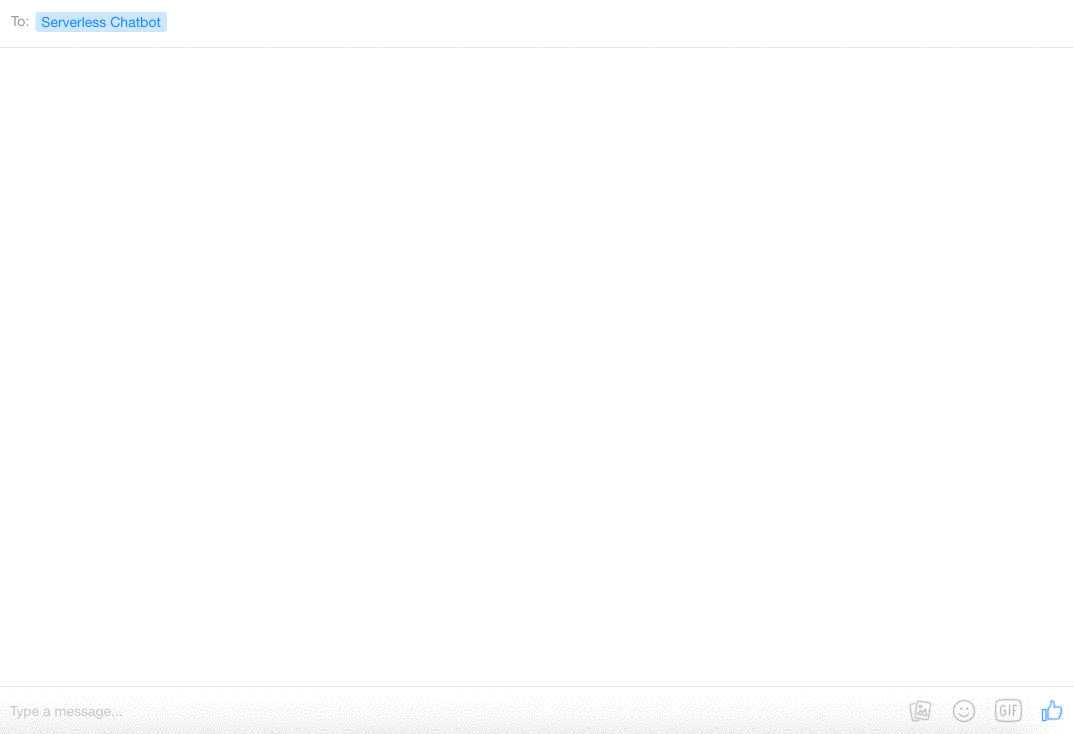How to retain customers who are leaving

Customer retention is a goal every business owner should be obsessed with. At the end of the day it’s cheaper to retain an existing customer than it is to acquire a new one.
But how do you ensure that your customers keep using your service?
Are there any simple, yet effective ways to reduce or even prevent churn?
As it turns out there’s one simple strategy you can use to keep your customers around even if they’re about to leave your platform. Let’s explore what it is and why it works.
Why you should obsess over customer retention
As already stated in the introduction it’s important to focus on customer retention when building a sustainable business.
Acquiring customers can be an expensive endeavour. If you’re not (yet) in a position where your product grows through Word-of-Mouth you’re likely spending a good portion of your revenue on paid ads and marketing to drive traffic to your service. Only a few of your thousands of visitors will eventually try your product and convert to become a paying customer.
Optimizing this marketing and sales funnel is a tricky and costly activity. Think about it for a minute. Who finances your learnings and tweakings of such funnel? Correct, your existing customers.
That’s why keeping your users happy and around is one of the most important business objectives.
Why customers are churning
If you think about it, there’s really only one reason why your customers are leaving your platform:
Your product isn’t a crucial part of their life anymore
While this sounds harsh I’d like you to think about all the services you’re currently subscribing to. Now imagine that you can only keep one. What would you cancel? Probably everything except the one you can’t live without.
Of course, the preferences are different from person to person and they change over time. And that’s the exact reason why people cancel their subscription with your service: Their preferences have changed and they might want to take a pause from your service or need something else entirely.
“Churn Baby Churn”
Now that we know why your customers churn, it’s time to get into their shoes and think about ways to keep them around.
One of the “industry” standards is to send out a survey once they’re about to leave to gather feedback and convince them to stay. Some services offer coupon codes if for example the user has clicked on the “it’s too expensive” option in the survey.
Other tactics are more on the “dark patterns” side of things. Hiding buttons, asking double negative questions or using other techniques to make it nearly impossible to leave. Needless to say that customers of businesses practicing such tactics aren’t the ones who spread the word on how awesome the product is. Quite the opposite.
But let’s take a step back for a minute and ask ourselves why this “should I stay or should I go” question has to be binary in the first place. Isn’t there something “right in the middle”? Something where a user can stay but somehow go at the same time?
“Wait a minute… or a month…”
The solution to this dilemma is dead simple and obvious, yet rarely used: Make it possible to pause the subscription.
Yes, it’s that simple. Just offer a way to pause a subscription and get back to it once your users current circumstances have changed.
Now you might think that it’s a really bad idea to let users pause their subscription. They’ll pause and never come back. So essentially it’s a “passive churn” as they haven’t left the platform yet but might never use it again. The stale user data is sitting in the database and your dashboards are still showing hockey-stick growth. Furthermore it’s a huge implementation effort as pausing and resuming subscriptions isn’t something considered business critical and hence wasn’t implemented just yet.
Those are all valid concerns and some of them might turn out to be true even if you have a “pause- and resume your subscription” system in place. But let’s take a seconds to look at the other side of the equation.
Why pausing is a good idea
They very first thing that comes to mind is the COVID-19 pandemic we’re currently in. A lot of business scaled back and hence had to cancel subscriptions to their favorite SaaS tools to cut costs. A common “save the customer tactic” used here was to get in touch with the business owner and offer heavy discounted year long subscription plans. That way businesses could reassess if they should really quit and leave the huge discount on the table or just go with it and double down to benefit from the sweet, discounted multi-year subscription deal.
Letting business put their subscription on hold would be another strategy that could be used to help retain and eventually reactivate your users during this pandemic. Put yourself into your customers shoes again for a minute. Wouldn’t you want to pay it back in the future if your supplier lent you a helping hand and wasn’t “forcing” you out the door?
Even if your customers pause their account you still have their E-Mail address to reach out to them and keep them informed about your product. In fact you should use this opportunity to stay in touch, ask them how they’re doing and providing something of value along the way. That way you keep the communication “warm” and your business stays on “their radar”. There’s a higher likelihood that they think about your service when times have changed and they’re about to scale things up again.
Having a way to pause a subscription is an action that’s usually taken with some level of consideration. If your customer wants to quit (s)he’ll just cancel the subscription anyway. Offering a way to pause for the time-being is another option your users might just not have right now, so they’re forced to make a very binary decision and therefore they just quit.
What you should also think about is that pausing a subscription doesn’t necessarily mean that you’ll lose revenue for sure. There are different and very creative ways in which you can implement the pause. My gym for example simply extends my membership for the amount of months I put my membership on hold. In the summer I make use of this feature since I do my workouts outside anyways. However those 3–4 months I “save” are simply “added” to my contract. I just have a little bit more control about how and where I spend my time with sports. You can get really creative here and invent other ways for this mechanism to work if you really want to ensure that you don’t lose revenue.
A last, important point is that you can use this functionality as a competitive advantage and “marketing material”. Be sure to add the fact that people can pause their subscription to your list of product benefits. Add it to the copy right next to your “Subscribe Now” button. Addressing objections and concerns right before the call-to-action is about to happen will drastically increase your conversion rates.
Things to keep in mind when going down that path
Now you might be excited and eager to implement this strategy in the near future but before you do so I’d like to call out a couple of things you should keep in mind when implementing it.
First of all: Keep it simple. There’s no need to jump right into code and implement this functionality end-to-end. Do it manually in the beginning. Update the database records and the subscription plans for people who want to pause their subscription by hand. Maybe you find out that very few people want to make use of this feature. What you definitely want to put in place is your new copywriting. As discussed above you should ensure that your marketing website is updated and reflects the recent change you just introduced.
Next up you want to have an automated follow-up E-Mail sequence / Drip campaign setup for pausing customers. Keep in touch. Ask for problems they had with your software and help them succeed in whatever they’re up to right now. You might want to jump on a quick call to gather some feedback as to why they paused and understand what needs to be in place for them to come back. If you do this, please ensure that you’re genuinely interested in the communication. There’s nothing worse for a user than composing a reply and shooting the E-Mail into the marketing void.
A very important, yet often overlooked step is to have a tool in place which deals with “passive churn”. Such a system ensures that the credit cards on file are up to date and chargeable. There could be an overlap between your users pausing their subscription and their credit cards expiring. You don’t want to make them look bad because of that. You could even think about a “concierge service” which onboards them in person once they’ll come back. Combine this with a quick update on all the new features / updates they missed and are not yet familiar with.
Lastly you absolutely don’t want to make it hard for your users to pause their subscription. As mentioned above, avoid dark patterns at all costs. And more importantly: Don’t penalize them for pausing. Messages such as “We’ll retain your data for the next 60 days” are inappropriate in the day and age of “Big Data” and access to Petabytes of storage for a nickel and dime.
Your challenge
I’d like to challenge you to think about adding the possibility to pause a subscription. Is it suitable for your business? Would it help you retain and reactive more customers (especially in the current situation we’re in)?
If you’re about to add it, keep in mind that it doesn’t have to be complicated. Start with a simple E-Mail form your users can fill out to let you know for how long they want to pause. Just make sure that you follow the best practices outlined above and that you advertise that it’s now possible for your customers to pause their subscriptions.
Conclusion
Customer retention is one of the most important metrics every business owner should focus on. It’s the existing customers who finance the Customer Acquisition Costs that are necessary to bring new users into the door.
It’s almost always cheaper to keep your existing customers happy than to lose them and acquire brand new ones.
Unfortunately a lot of SaaS services only offer a very binary option for their subscription plans. As a user you’re either in or you’re out. You stay or you leave. But what if a user wants to take a pause for a few months because of current changes in life circumstances?
Offering a way to pause a subscription is a simple, yet effective way to retain and eventually reactive your existing customers. Remember that a pause is temporary. If you follow-up with them on a continuous basis and help them succeed they’ll eventually come back. Maybe even as a raving, more loyal fan of your brand.
I hope that you enjoyed this article and I’d love to invite you to subscribe to my Newsletter if you’re interested in more, action-oriented posts like this.
Do you have any questions, feedback or comments? Feel free to reach out via E-Mail or connect with me on Twitter.
Originally published at https://philippmuens.com on October 21, 2020.









